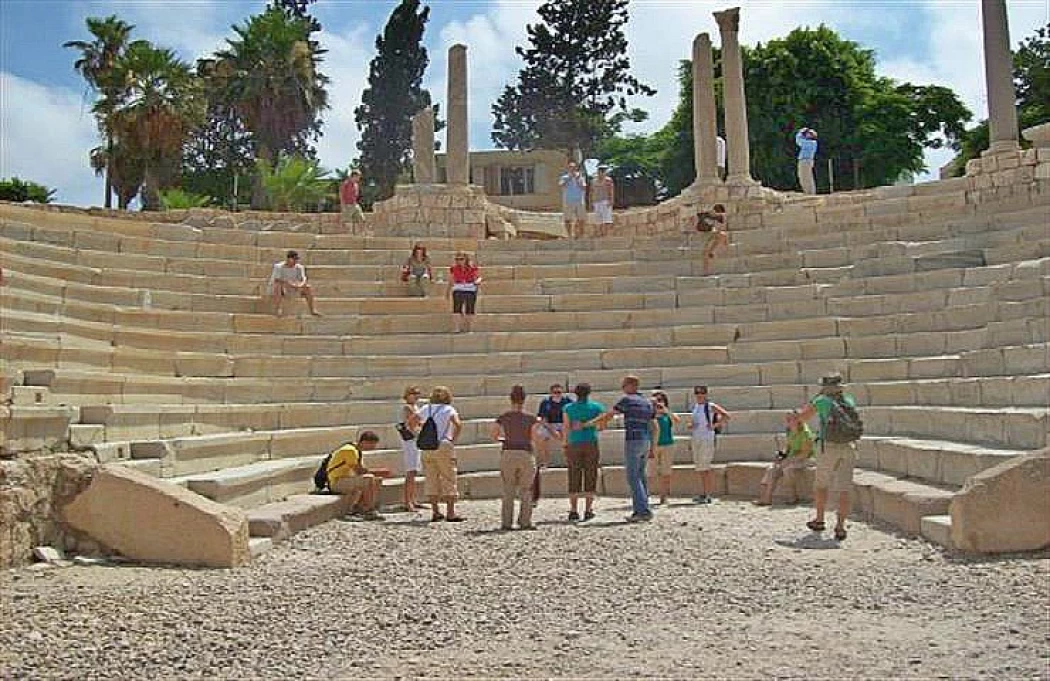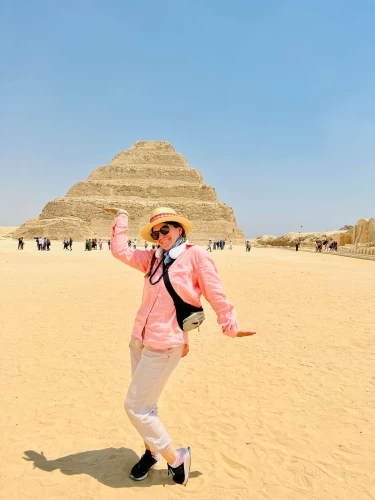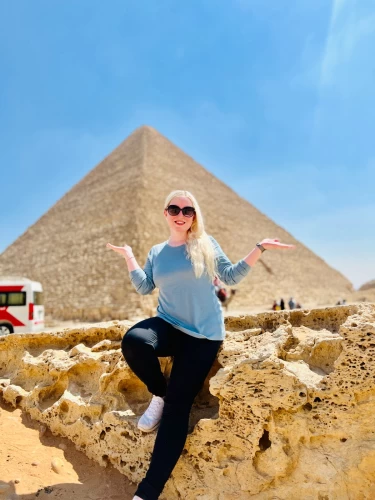
The Greco-Roman Era in Egypt | Egypt Roman Period
The history of Roman Egypt began with the defeat of Egypt in 30 BC by Octavian (later Emperor Augustus Caesar) after defeating Mark Antony and the Ptolemaic Queen Cleopatra VII at the Battle of Actium.
Egypt then became a province of the Roman Empire and included most of modern Egypt, with the exception of the Sinai Peninsula. Both provinces, Cyrenaica to the west and the Arab countries to the east, bordered Egypt. Egypt played the role of the main producer of grain for the empire.
The Ptolemaic Dynasty: A Melting Pot of Cultures
Under the Ptolemies, Egypt experienced a time of relative stability and prosperity. They were Greek-born rulers who considered themselves heirs of the pharaohs; hence, they adopted titles and shaped patronage from Egyptian gods, as well as temples constructed in the usual Egyptian way.
They have also kept their Greek background and, therefore, interesting cultural synthesis. They boost Greek philosophy, art, literature, and of course the Greek language. But this was most seen in a city such as Alexandria, built by Alexander the Great, where the characteristics of fusion between Greek and Egyptian culture were visibly apparent.
Perhaps it was also the center of learning and scholarship at the time, hosting what they call the famous Library of Alexandria, the largest and most notable library in the ancient world.
Likewise, the influence of the Ptolemies was great over Egyptian religion. They were portrayed in Egyptian-style art and many statues as divine Egyptian pharaohs, while they found Greek gods and cults alongside the traditional Egyptian pantheons.
Thus, a hybrid religious landscape combining the gods of Egypt with those of Greece was formed.
Cleopatra VII: The Last Ptolemaic Queen
Such was the fame of Cleopatra VII as an individual; also, she was Egypt's last queen. She reigned between 51 and 30 BCE. Cleopatra is typically regarded as the most well-known of all Greco-Roman figures that are representative of Egypt. She is famously known for guile, political savvy, and sexual affairs with even powerful Romans such as Julius Caesar and Mark Antony, attempting to maintain Egypt's sovereignty while Rome was rising to power.
The end of Cleopatra's reign was characterized by the defeat of her forces at the hands of the Romans at the Battle of Actium in 31 BCE. Egypt was annexed by Rome right after this defeat. The end of the dynasty, as well as the independence of Egypt as a kingdom, was signified by Cleopatra and Mark Antony's suicides.
Roman Egypt: The Jewel of the Empire
Egypt is now incorporated as part of the Roman Empire. Nowhere could be found a province in the empire more important than Egypt. Egypt was the principal grain supplier for the ever-increasing population of Rome, centering all these on the soil of the Nile, which made it become the breadbasket of the empire.
Egypt was governed by a prefect, an official directly appointed by the emperor, while the Romans controlled Egypt. Egypt indeed allowed the Egyptians to continue much of their traditional customs, religion, and local administration, but it also brought extensive Roman imprints in architecture, governance, and culture.
This was because of the most momentous infrastructural change that Rome made to Egypt. It built roads, ports, and within cities. Alexandria remained, however, the most important city, as it continued to be a hub of culture and commerce, with some of its wonders including the library and the Pharos Lighthouse among the Seven Wonders of the Ancient World, as well as a major center of Greek learning.
Also, in this period, in the First Century CE, Christianity made its first inroads into Egypt but became entrenched as Egypt's religion by the Fourth Century, as the Coptic Christian Church came into being: an event of great significance, signifying the beginning of a long process of change in the religious landscape of Egypt.
The first Roman emperor was "Augustus," and he issued a special commemorative coin to mark Egypt's accession to his rule with a picture of a crocodile, the most famous of the indigo animals. Underneath it was written the phrase "Aegypto Capta," meaning the discovery of Egypt, and Egypt was coveted by the Romans economically. Egypt was financially rewarded, and a certain tax on wheat and crops had to be sent to Rome each year; that is, much of the Egyptians' income and agricultural produce went to Rome unaccounted for.
Many rulers succeeded each other on the throne of Rome from 30 B.C. to A.D. 396 CE. From about 300 to 400 CE, most Egyptians converted to the Coptic religion.
Alexandria, which Alexander the Great built on the Mediterranean coast, remained the capital of the country as the Library of Alexandria was built during the time of the Ptolemies. The Romans built the Roman Amphitheater in it, as it was home to about 300,000 people at the time. You can visit these monuments during your Egypt tours with Cairo Top Tours with Egypt tour packages.
















